Description
Familiarity with treatment
Breast augmentation, also known as augmentation mammoplasty or a “boob job,” is a surgical procedure that aims to increase breast size and enhance breast shape. It is typically done by placing silicone or saline breast implants. The ultimate goal of breast augmentation is to enhance a patient’s natural proportions and create a more symmetrical and aesthetically pleasing breast profile 1.
Here are the steps involved in a breast augmentation procedure:
Step 1: Anesthesia
- Medications are administered to ensure your comfort during the surgery. The options include intravenous sedation and general anesthesia. Your doctor will recommend the best choice for you 2.
Step 2: The Incision
- Incisions are made in inconspicuous areas to minimize visible scarring. The specific incision options will be discussed between you and your plastic surgeon, taking into consideration your desired outcome. The incision options include:
- Along the areolar edge (peri-areolar incision)
- In the fold under the breast (inframammary fold)
- In the armpit (axillary incision)
- A belly-button approach, which is associated with a higher complication rate 2.
- Incisions are made in inconspicuous areas to minimize visible scarring. The specific incision options will be discussed between you and your plastic surgeon, taking into consideration your desired outcome. The incision options include:
Step 3: Implant Placement
- The implants can be placed either behind the breast tissue (subglandular) or behind the pectoralis chest muscles (submuscular). About 75 percent of augmentations are done in the submuscular plane. Studies show that submuscular placement may reduce the chance of scar tissue contracture and allow for easier mammography following surgery. Submuscular placement typically offers better results for thin women or those hoping to significantly enlarge their breasts. Subglandular placement may be more suitable for women with sagging breasts 3.
Step 4: Implant Type
- There are different options for breast implant shape and texture:
- Shape: Round implants conform well to the natural shape of the breast and often provide favorable results. Tear drop or contoured implants may be suitable for women who have had parts of the breast removed during previous surgeries, such as mastectomy reconstruction 3.
- Texture: Implants can be either smooth or textured. Textured implants develop scar tissue to adhere to the implant, making them less likely to move around inside the breast. Smooth implants have a softer feel and can move with the breast implant pocket, providing more natural movement 4.
- There are different options for breast implant shape and texture:
Step 5: Incision Closure
- Once the implant placement and adjustment are complete, the surgeon will close the incisions with dissolvable sutures. Temporary drain tubes are typically not needed. You will be advised to keep the incision areas clean and dry to minimize infection risks 5.
Who is it suitable for?
Breast augmentation is a surgical procedure that can be suitable for various individuals who have specific goals and desires. Here are some factors to consider:
1. Desire for Increased Breast Size: Breast augmentation is often sought by individuals who desire larger breasts. This can be due to personal preference, a desire for improved body proportions, or to address asymmetry between the breasts 1.
2. Restoration of Breast Volume: Some women may choose breast augmentation to restore breast volume lost after pregnancy, significant weight loss, or aging 2.
3. Correction of Breast Asymmetry: Breast augmentation can help correct uneven breasts, where one breast is smaller than the other, providing a more balanced appearance 2.
4. Breast Reconstruction: Breast augmentation can be part of breast reconstruction surgery for individuals who have undergone mastectomy or have congenital breast deformities 3.
5. Psychological and Emotional Considerations: Breast augmentation can enhance self-confidence and improve body image for individuals who feel dissatisfied with their breast size or shape.
Who is it not suitable for?
While breast augmentation can be a suitable option for many individuals, there are certain cases where it may not be recommended. Here are some factors that may make breast augmentation not suitable:
1. Unrealistic Expectations: If a person has unrealistic expectations about the outcome of breast augmentation or is seeking a result that is not achievable, it may not be suitable. It’s important to have a clear understanding of the potential outcomes and limitations of the procedure.
2. Poor General Health: Individuals who have significant underlying health issues, such as uncontrolled diabetes, cardiovascular disease, or autoimmune disorders, may not be suitable candidates for breast augmentation. It’s important to be in good overall health to minimize the risk of complications during and after the surgery.
3. Pregnancy or Breastfeeding: It is generally recommended to postpone breast augmentation if an individual is currently pregnant or planning to become pregnant in the near future. Pregnancy and breastfeeding can impact the size and shape of the breasts, potentially affecting the results of the procedure.
4. Active Infection or Cancer: If a person has an active infection in the breast tissue or is undergoing treatment for breast cancer, breast augmentation may not be recommended. It’s important to address any existing health issues before considering elective cosmetic surgery.
5. Psychological Concerns: Individuals with untreated psychological conditions, such as body dysmorphic disorder or unrealistic body image expectations, may not be suitable candidates for breast augmentation. It’s important to have a healthy mental and emotional state before undergoing any cosmetic procedure.
6. Insufficient Breast Tissue: In some cases, individuals may have insufficient breast tissue to accommodate breast implants. This can impact the ability to achieve desired results and increase the risk of complications. In such cases, alternative options or additional procedures may be recommended.
Advantages
Breast augmentation offers several advantages for individuals who are seeking to enhance their breast size and shape. Here are some of the benefits associated with breast augmentation:
1. Increased Breast Size and Volume: Breast augmentation allows individuals to achieve their desired breast size and volume. It can help enhance the overall proportions of the body and create a more balanced appearance.
2. Improved Breast Shape and Symmetry: Breast augmentation can address issues of breast asymmetry, where one breast is smaller or differently shaped than the other. It can help create a more symmetrical and aesthetically pleasing breast profile.
3. Enhanced Body Confidence: Breast augmentation can have a positive impact on self-confidence and body image. Many individuals report feeling more comfortable and satisfied with their appearance after the procedure, leading to improved self-esteem.
4. Clothing Fit and Fashion Choices: With increased breast size and volume, individuals may find that their clothing fits better and they have more options when it comes to fashion choices. Breast augmentation can help individuals achieve the desired look in different types of clothing, including swimwear and evening wear.
5. Restoring Breast Volume: Breast augmentation can be beneficial for individuals who have experienced a loss of breast volume due to factors such as pregnancy, weight loss, or aging. It can help restore fullness and shape to the breasts, providing a more youthful appearance.
Complications
Breast implant surgery, like any surgical procedure, carries certain risks and potential complications. Here are some of the complications associated with breast implants:
1. Breast Implant Illness (BII): Some individuals may experience systemic symptoms, commonly referred to as breast implant illness (BII), which may include fatigue, memory loss, skin rash, trouble concentrating, joint pain, and other symptoms. The exact relationship between these symptoms and breast implants is not fully understood, and ongoing research is being conducted to determine the link and cause 1.
2. Capsular Contracture: Capsular contracture is a condition where scar tissue forms around the breast implant, causing the breast to feel firm or hard. It can lead to discomfort, changes in breast shape, and potential implant displacement. Treatment may involve additional surgery to remove or replace the implant 2.
3. Implant Rupture or Leakage: Breast implants can rupture or leak over time. If a saline implant ruptures, the saline solution is harmlessly absorbed by the body. However, if a silicone implant ruptures, it may require surgical intervention to remove or replace the implant.
4. Changes in Sensation: Some individuals may experience temporary or permanent changes in nipple or breast sensation after breast augmentation. This can include increased or decreased sensitivity.
5. Infection: Although rare, there is a risk of infection after breast augmentation surgery. Infections can occur in the incision site or around the implant. Prompt medical attention and appropriate treatment are necessary if an infection occurs 1.
6. Additional Surgeries: Breast implants are not considered lifetime devices, and additional surgeries may be required over time. This can be due to complications, implant replacement, or personal preference for size or shape changes.
preoperative care
Before undergoing breast implant surgery, there are several important aspects of preoperative care to consider. Here are some key points:
1. Consultation and Planning: The first step in the preoperative process is to schedule a consultation with a qualified plastic surgeon. During this consultation, you will discuss your goals, expectations, and desired outcomes. The surgeon will evaluate your breast anatomy, skin quality, and overall health to determine the most suitable approach for your specific case.
2. Choosing Implant Size and Type: During the consultation, you will work with your surgeon to choose the appropriate implant size and type that aligns with your desired outcome. Your surgeon may provide sample implants for you to try on and evaluate how they look and feel.
3. Medical Evaluation: Before the surgery, you will undergo a thorough medical evaluation. This may include a physical examination, blood tests, and imaging studies to ensure that you are in good overall health and a suitable candidate for the procedure.
4. Preoperative Instructions: Your plastic surgeon will provide you with specific preoperative instructions to follow. These instructions may include guidelines on medications to avoid, fasting before surgery, and any necessary lifestyle modifications leading up to the procedure.
5. Smoking and Alcohol Cessation: It is generally recommended to quit smoking and avoid alcohol for a certain period before and after breast implant surgery. Smoking can impair healing and increase the risk of complications, while alcohol can interfere with anesthesia and medication effectiveness.
6. Arranging Transportation and Support: Since breast implant surgery is performed under general anesthesia, it is important to arrange for someone to drive you home after the procedure. Additionally, having a support system in place during the initial recovery period can be beneficial.
7. Preparing the Surgical Site: Your surgeon may provide specific instructions on how to prepare the surgical site before the procedure. This may involve cleansing the area with a special antibacterial soap or applying a topical antiseptic.
Postoperative care
After breast implant surgery, proper postoperative care is essential for a smooth recovery and optimal results. Here are some key points to consider:
1. Follow Surgeon’s Instructions: It is crucial to carefully follow the postoperative instructions provided by your plastic surgeon. These instructions may include guidelines on medication usage, wound care, activity restrictions, and wearing a supportive bra.
2. Rest and Recovery: Adequate rest is important for the healing process. Take time off work and avoid strenuous activities for the recommended period specified by your surgeon. Engaging in light exercises as advised by your surgeon can help promote circulation and prevent complications.
3. Wound Care: Proper care of the incision site is essential for preventing infection and promoting healing. Your surgeon will provide specific instructions on how to clean and care for the incisions. It is important to keep the incision area clean and dry as directed.
4. Supportive Bra: Your surgeon may recommend wearing a supportive bra or compression garment after surgery. This helps minimize swelling, provide support to the breasts, and aid in the healing process. Follow your surgeon’s recommendations regarding the duration and type of bra to wear.
5. Pain Management: It is common to experience some discomfort or pain after breast implant surgery. Your surgeon may prescribe pain medication or recommend over-the-counter pain relievers to manage any discomfort. Follow the prescribed dosage and consult your surgeon if you have concerns about pain management.
6. Follow-Up Appointments: Attend all scheduled follow-up appointments with your plastic surgeon. These appointments allow your surgeon to monitor your healing progress, address any concerns or complications, and provide further guidance on postoperative care.
7. Long-Term Care: Breast implants are not considered lifetime devices, and it is important to monitor them over time. Regular self-examinations and follow-up visits with your surgeon are recommended to ensure the ongoing health and integrity of the implants.
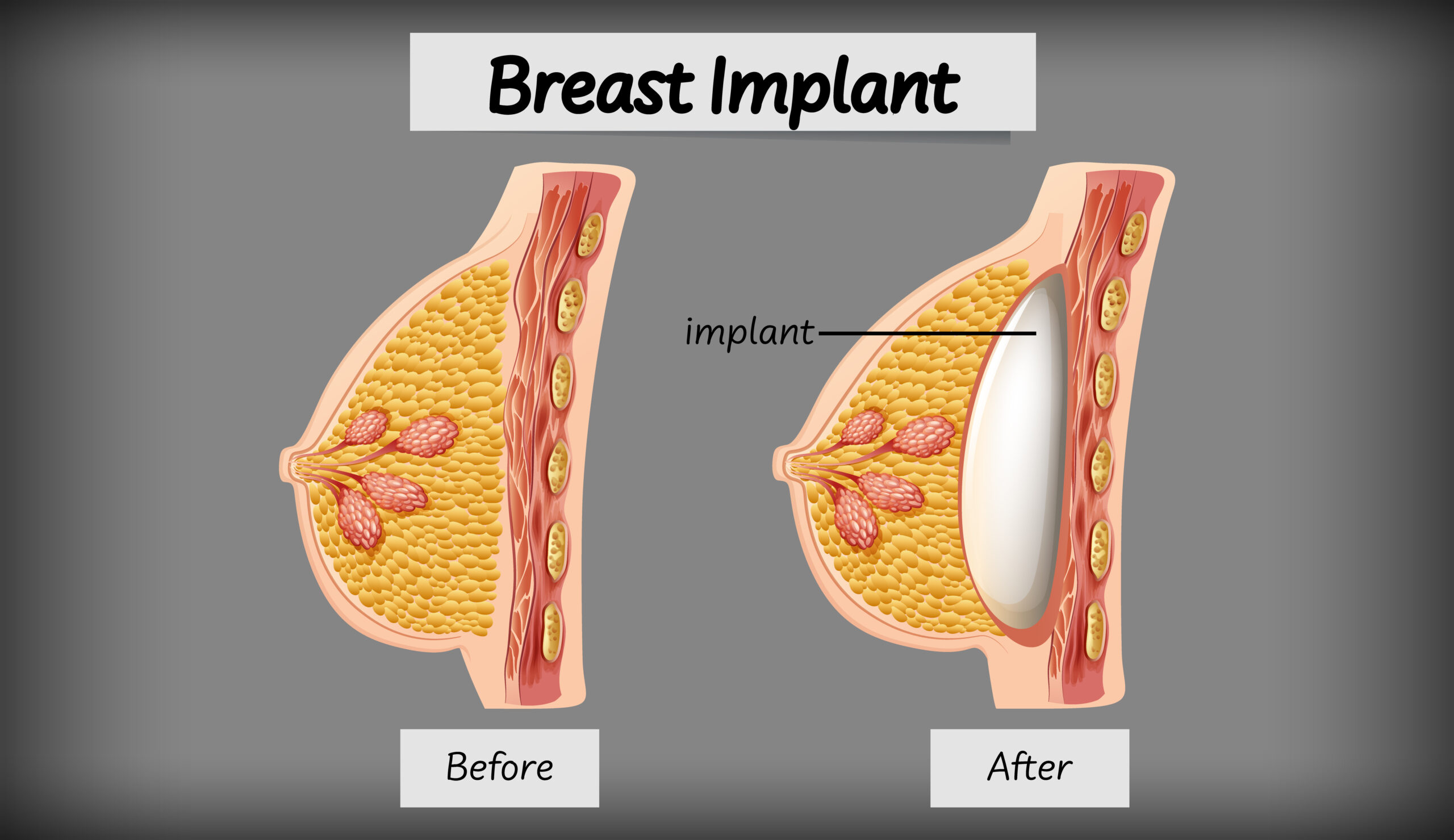
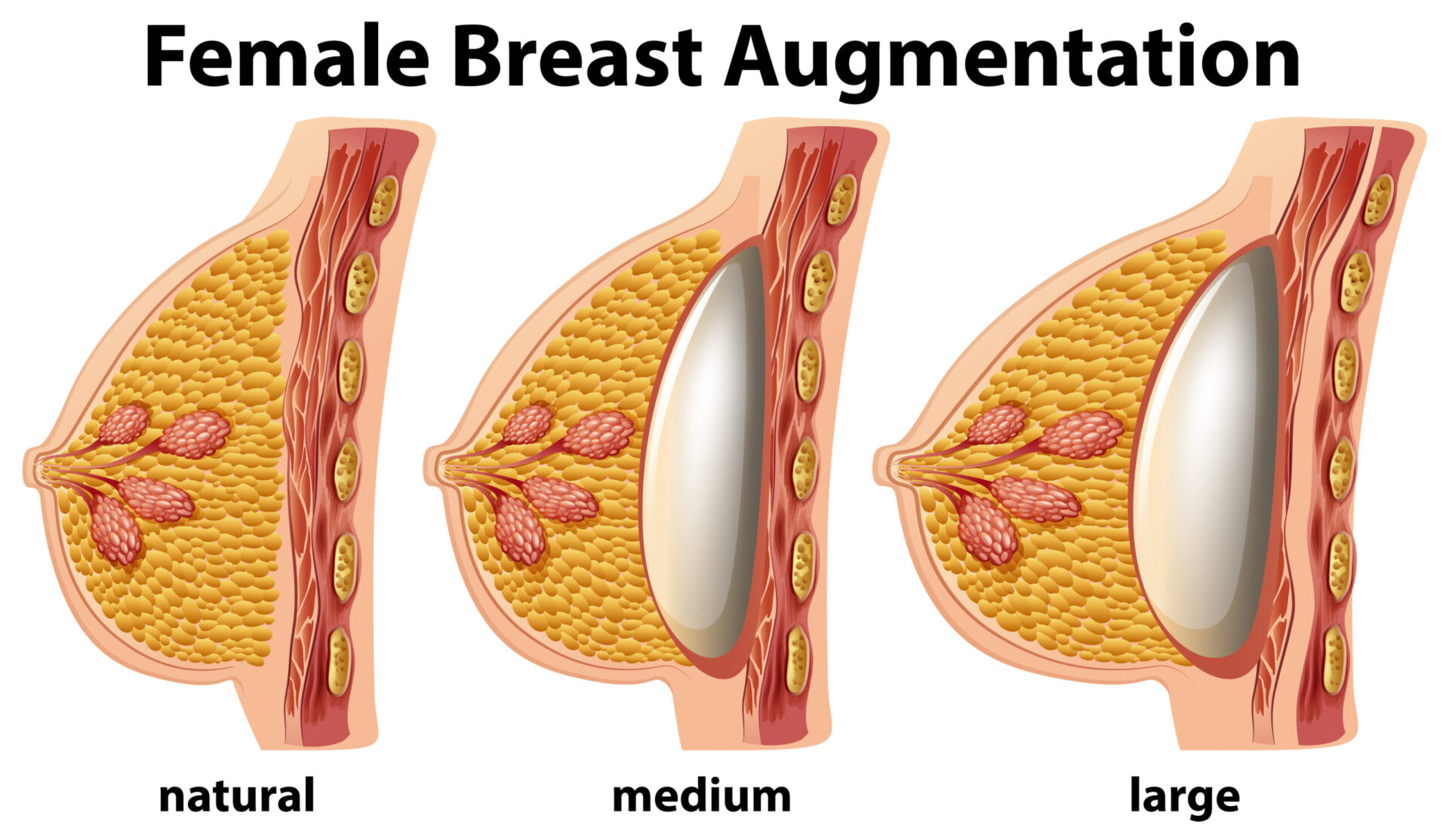


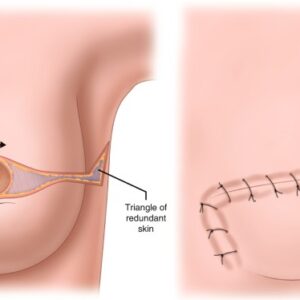
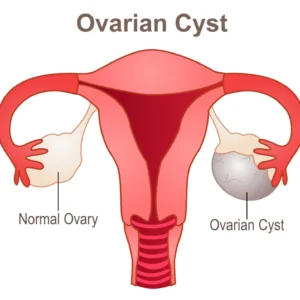
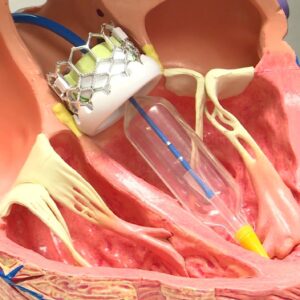
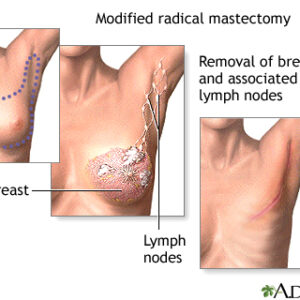
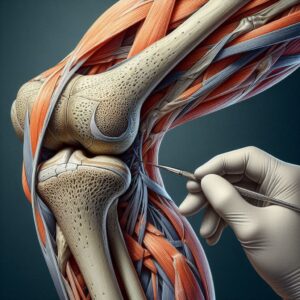
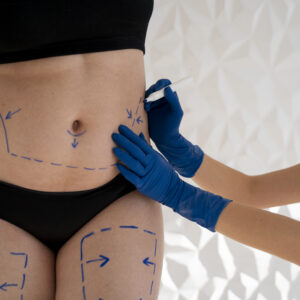
Reviews
There are no reviews yet.